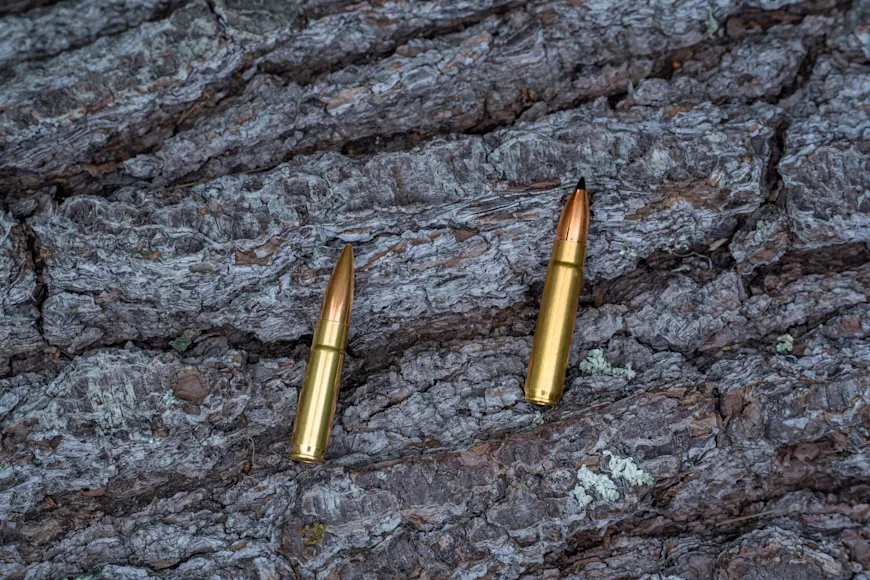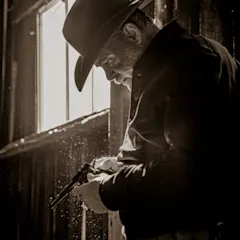Up until the introduction of the 300 Blackout, the only mini 0.30-caliber cartridge anyone was shooting out of an AR15, or mini bolt-action rifle, was the 7.62x39 Russian. Unfortunately, as wonderful as the 300 Blackout was for subsonic shooting, it could not compete with the 7.62x39 in terms of performance. This left those wanting to hunt big game with an AR15 or mini bolt-action rifle looking for a cartridge that could compete with the century-old 30-30 Winchester. Wilson Combat filled that need with the 300 HAMR, but a lot of shooters are unfamiliar with it or don't know how it differs from the 300 Blackout. We're going to clear that up.
300 Blackout vs. 300 HAMR: Table of Contents
The 300 AAC Blackout
The 300 HAMR
300 Blackout vs. 300 HAMR: Subsonic Shooting
300 Blackout vs. 300 HAMR: Supersonic Shooting
300 Blackout vs. 300 HAMR: Precision
300 Blackout vs. 300 HAMR: Ammo Availability
300 Blackout vs. 300 HAMR: Compatible Rifles
And The Winner Is
The 300 AAC Blackout
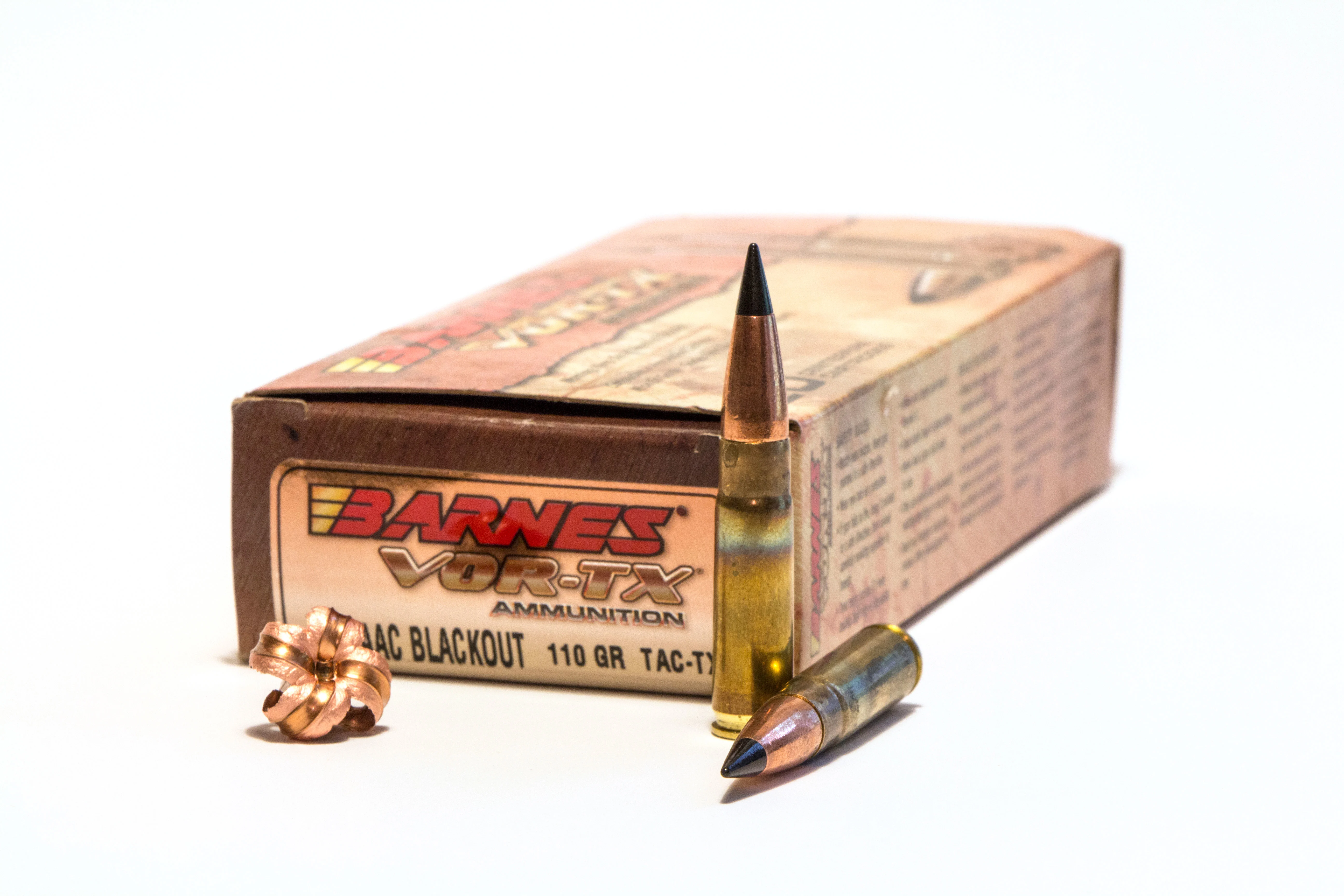
When the 300 Blackout was introduced in 2010, a lot of shooters simply yawned because its ballistics were not as impressive as the 7.62x39. But many soon realized that the real forte of the 300 Blackout was subsonic shooting, and it wasn’t long until everyone had a 300 Blackout upper receiver for their AR15, and they were also shooting suppressed. Unquestionably, the 300 Blackout is partly responsible for the current popularity of suppressors, which have become one of the most popular shooting accessories.
This ability to launch heavy bullets almost silently appealed to many hunters until they realized that there weren’t any subsonic loads for the 300 Blackout that used bullets designed for hunting. The problem was these bullets would not upset/expand on impact, and the result was a small 0.30-caliber hole through the animal. This has since changed, and now there are several good subsonic hunting loads for the 300 Blackout.
There are also some good supersonic hunting loads for the Blackout. However, because of the limited velocity the cartridge can produce, these loads do not hit as hard as the 30-30 Winchester or the 7.62x39. In fact, it’s debatable if they're any better for deer-size game than the 223 Remington, which was the original chambering for the AR15.
The 300 HAMR
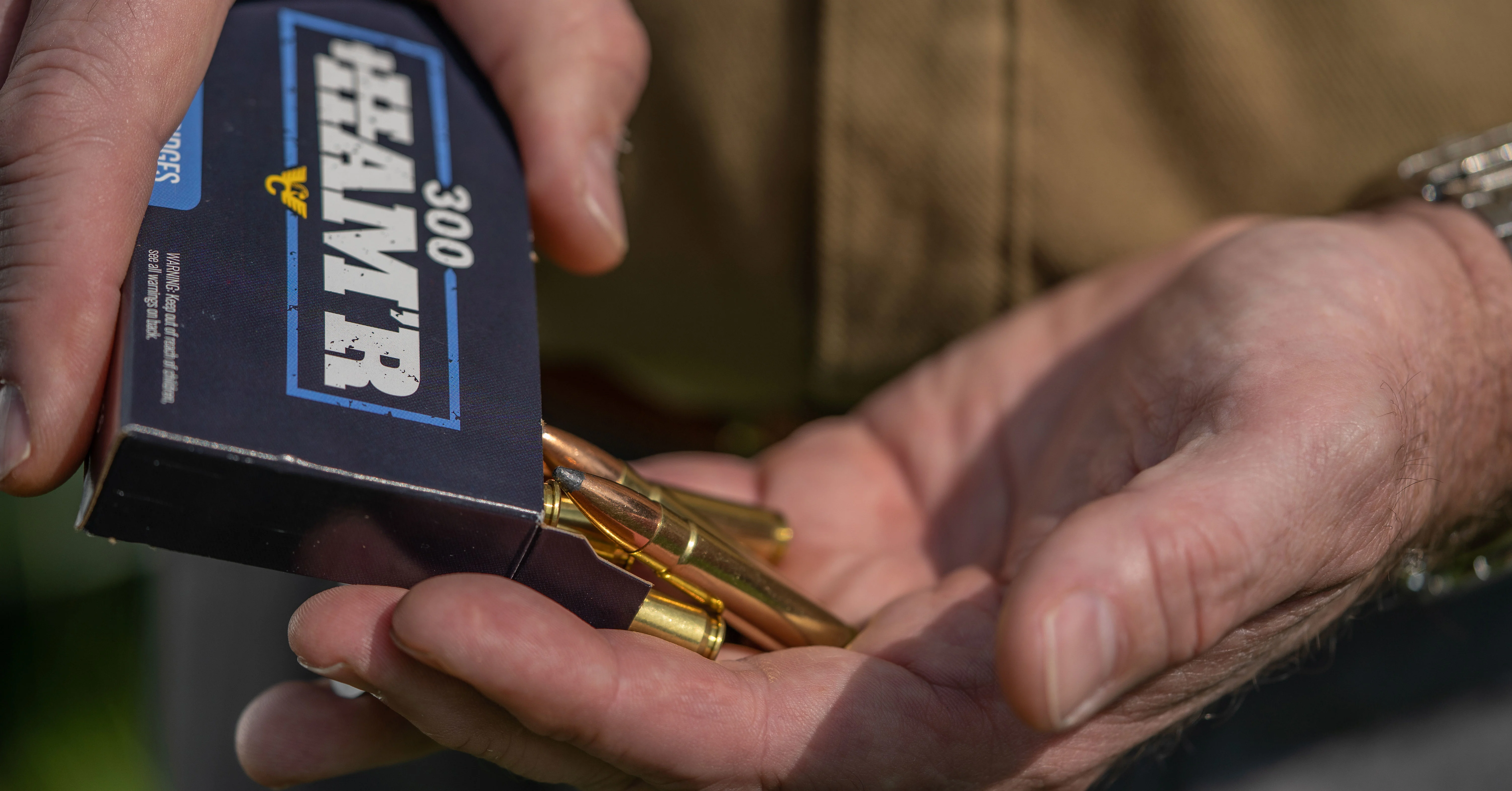
Bill Wilson of Wilson Combat specifically developed the 300 HAMR for shooting feral hogs with an AR15. After trying all the available AR15-compatible cartridges, he wanted one that worked better. Like the 300 Blackout, it is based on a 223 Remington case, and according to the Sporting Arms and Ammunition Manufacturer’s Institute’s (SAAMI) specifications, it has a maximum overall length of 2.25 inches. This means that, in conjunction with its maximum average chamber pressure of 57,500 psi, the cartridge is fully compatible with AR15-style rifles. SAAMI lists the instrumental velocity of the 300 HAMR at 2450 with a 125-grain bullet out of a 16-inch barrel. By comparison the instrumental velocity of a 30-30 Winchester with a 125-grain bullet is 2550 fps out of a 24-inch barrel.
The 300 HAMR has been slow to gain widespread acceptance, partly because many shooters do not understand the difference in it and the 300 Blackout, but also partly because it only became SAAMI-approved in 2020, which was right in the middle of the current long-range shooting craze. Regardless, the 300 HAMR does two things very well. First, it finally gives the AR15 a 0.30-caliber cartridge that duplicates the performance of the 30-30 Winchester, and this makes the AR15 fully big-game capable. Second, when paired with the ultralight NULA Model 20 rifle, it provides a sub-5-pound tack-driving bolt-action big-game rifle.
Related: 45-70 vs. 30-30: Battle of the Lever Gun Classics
300 Blackout vs. 300 HAMR: Subsonic Shooting
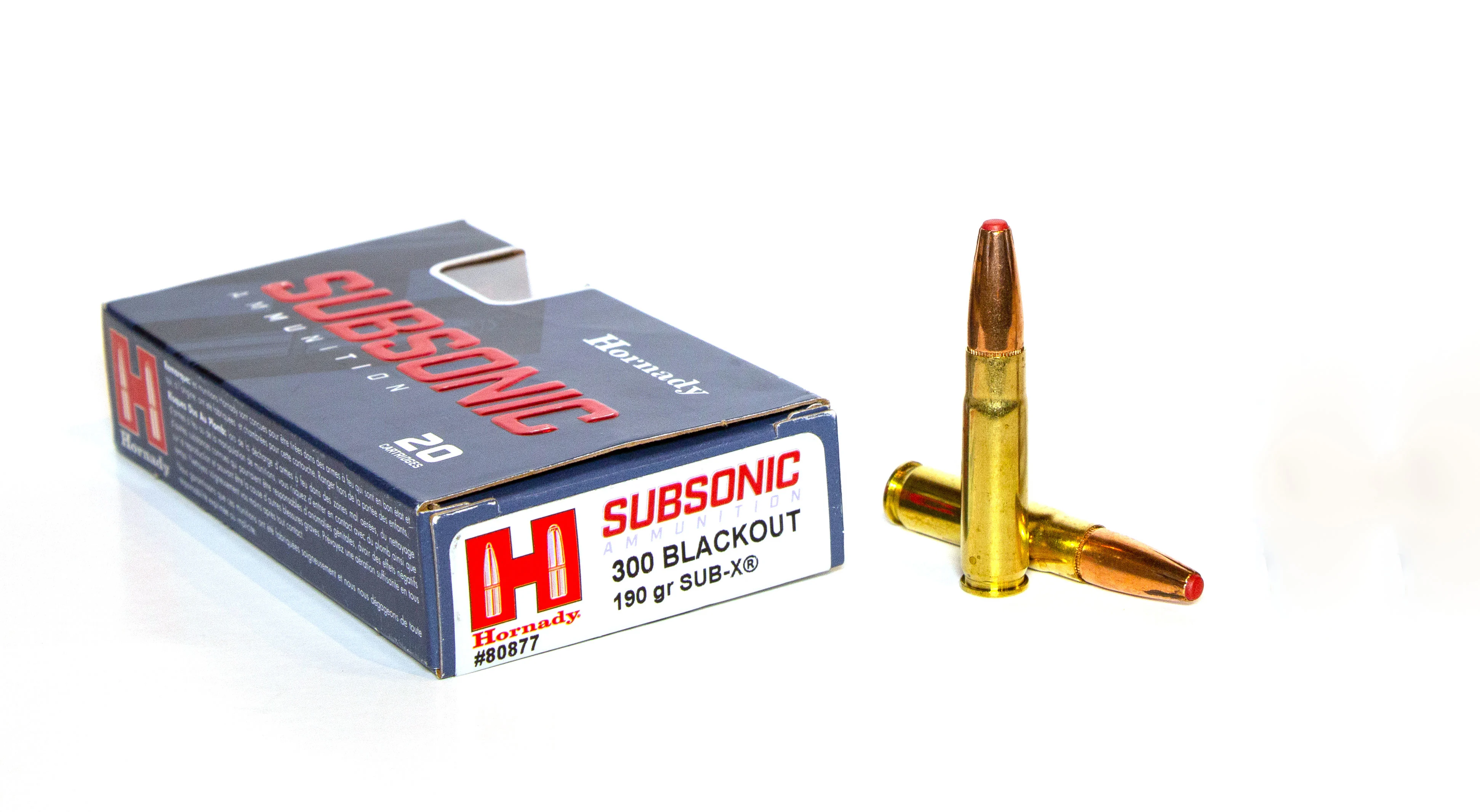
If shooting subsonic is important to you, the 300 Blackout is the best of the two cartridges. With its SAAMI-specified 1-in-8 rifling twist, the 300 Blackout can handle both supersonic and subsonic ammunition and deliver decent precision on target. Though it was not the case initially, today there are several subsonic factory loads that will deliver honest big-game-capable terminal performance at close range. This makes hunting with subsonic ammunition practical and appealing, and it makes the 300 Blackout a great cartridge for young and new hunters because of its limited recoil and noise.
Subsonic Advantage: 300 Blackout
300 Blackout vs. 300 HAMR: Supersonic Shooting
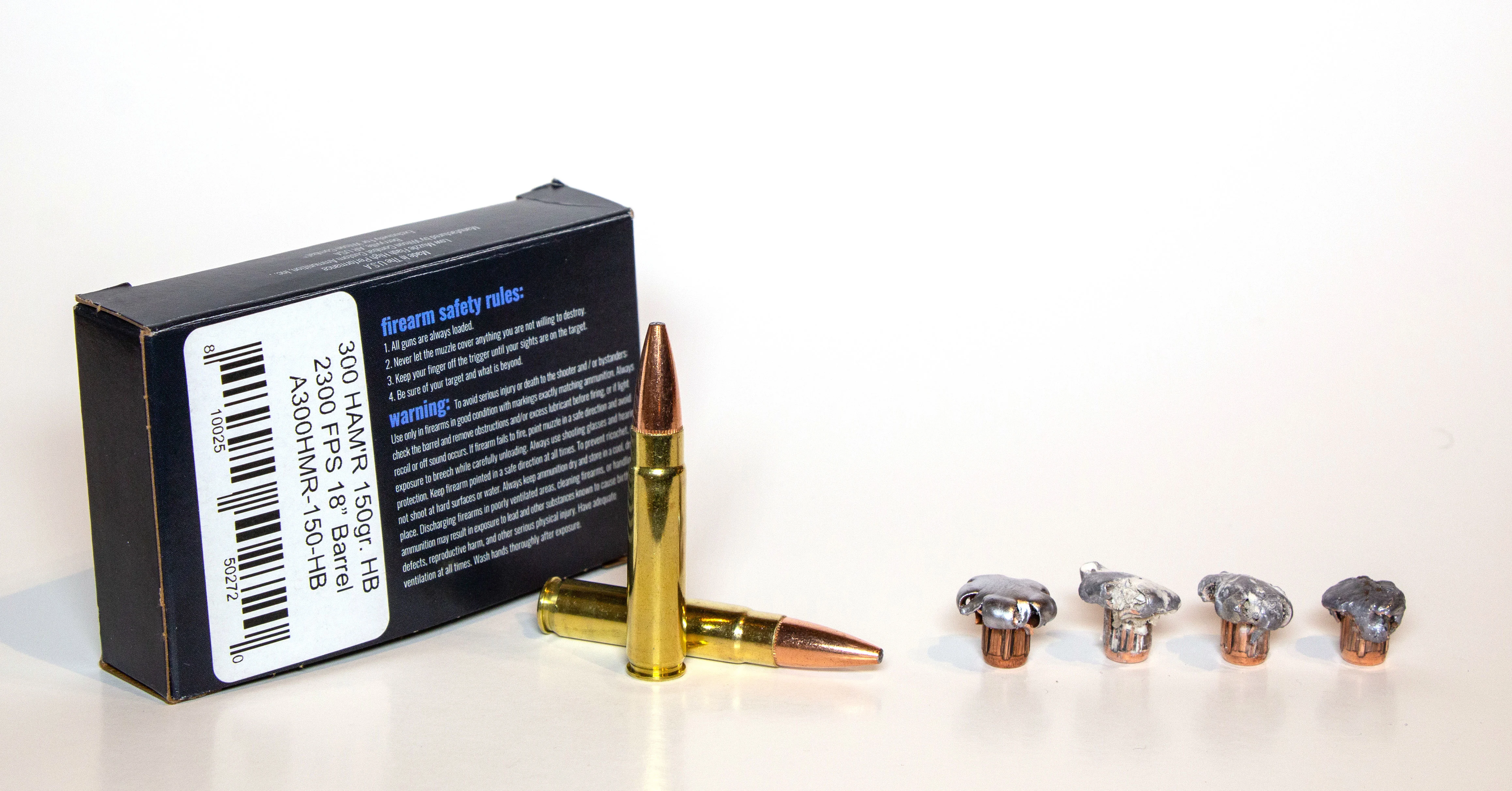
Supersonic ammunition is what most hunters are familiar with, and it is any load that exceeds the speed of sound at the muzzle. This is where the 300 HAMR has a distinct advantage over the 300 Blackout. For example, with 125-grain bullets, the 300 HAMR has a velocity advantage of about 300 fps or 14 percent. This equates to a kinetic energy advantage of almost 30 percent. And from a trajectory standpoint, at 300 yards, a 125-grain bullet from a 300 HAMR will drop about 7 inches or 25 percent less than one from a 300 Blackout. All this translates to better terminal performance from the 300 HAMR due to more violent bullet upset and similar or more penetration.
Supersonic Advantage: 300 HAMR
300 Blackout vs. 300 HAMR: Precision
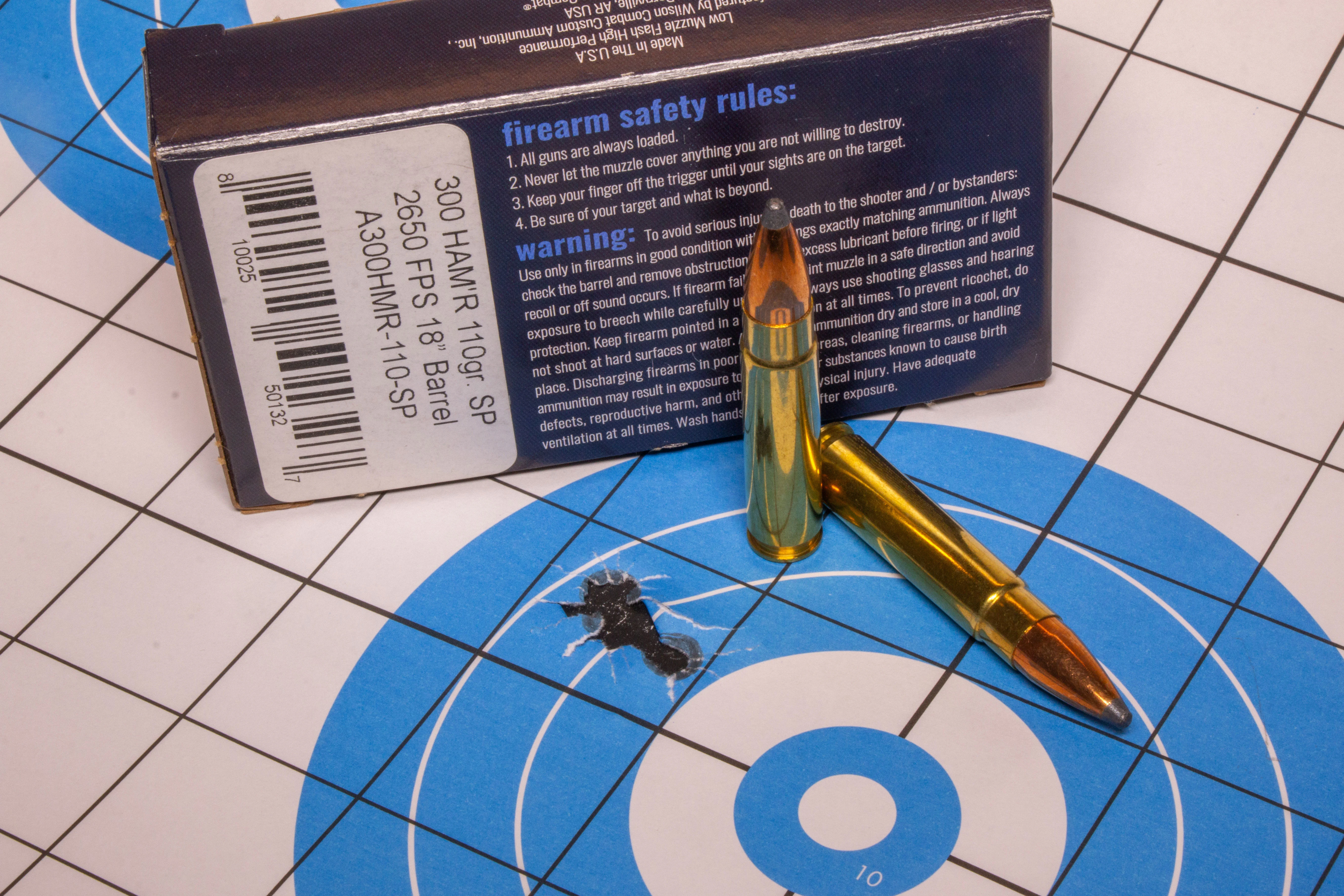
One of the downsides to the 300 Blackout has always been its inability to deliver tack-driving precision. This is mostly the result of a fast rifling twist that is intended to provide stability for both supersonic and subsonic ammunition. The 300 Blackout’s SAAMI-mandated 1-in-8 twist will allow for decent precision with supersonic and subsonic ammo, but it's nothing to brag about. The 300 HAMR, on the other hand, has a SAAMI-specified 1-in-12 rifling twist, which is an ideal match with the supersonic ammo it was designed for. Sub-MOA performance with a 300 HAMR rifle should be expected.
Precision Advantage: 300 HAMR
300 Blackout vs. 300 HAMR: Ammo Availability
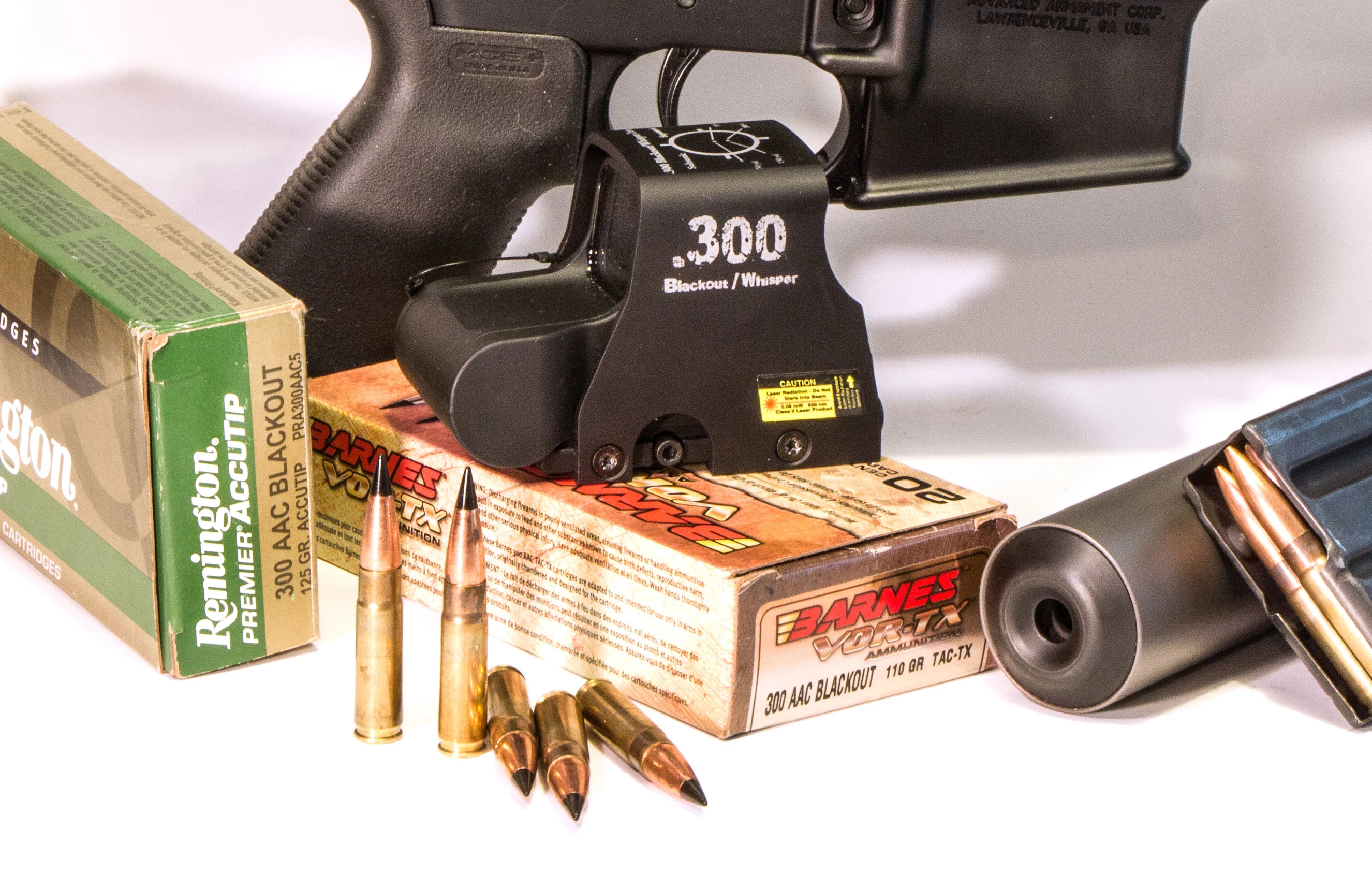
When it comes time to buy ammo, you will find about eight times as many loads to choose from with the 300 Blackout as you will with the 300 HAMR. Bullet weights for the Blackout range from 110 grains to 260 grains, but about one-third of those loads—the loads with bullets weighing more than 150 grains—are subsonic loads, And more than half of those are not intended for hunting. Currently there are only about a dozen factory HAMR loads available from Remington, Lehigh Defense, and Wilson Combat, with bullets ranging in weight from 110 to 150 grains. All current factory 300 HAMR loads are suitable for hunting.
Availability Advantage: 300 Blackout
Read Next: 308 vs 30-06: Battle of Two Classic Big Gamers
300 Blackout vs. 300 HAMR: Compatible Rifles
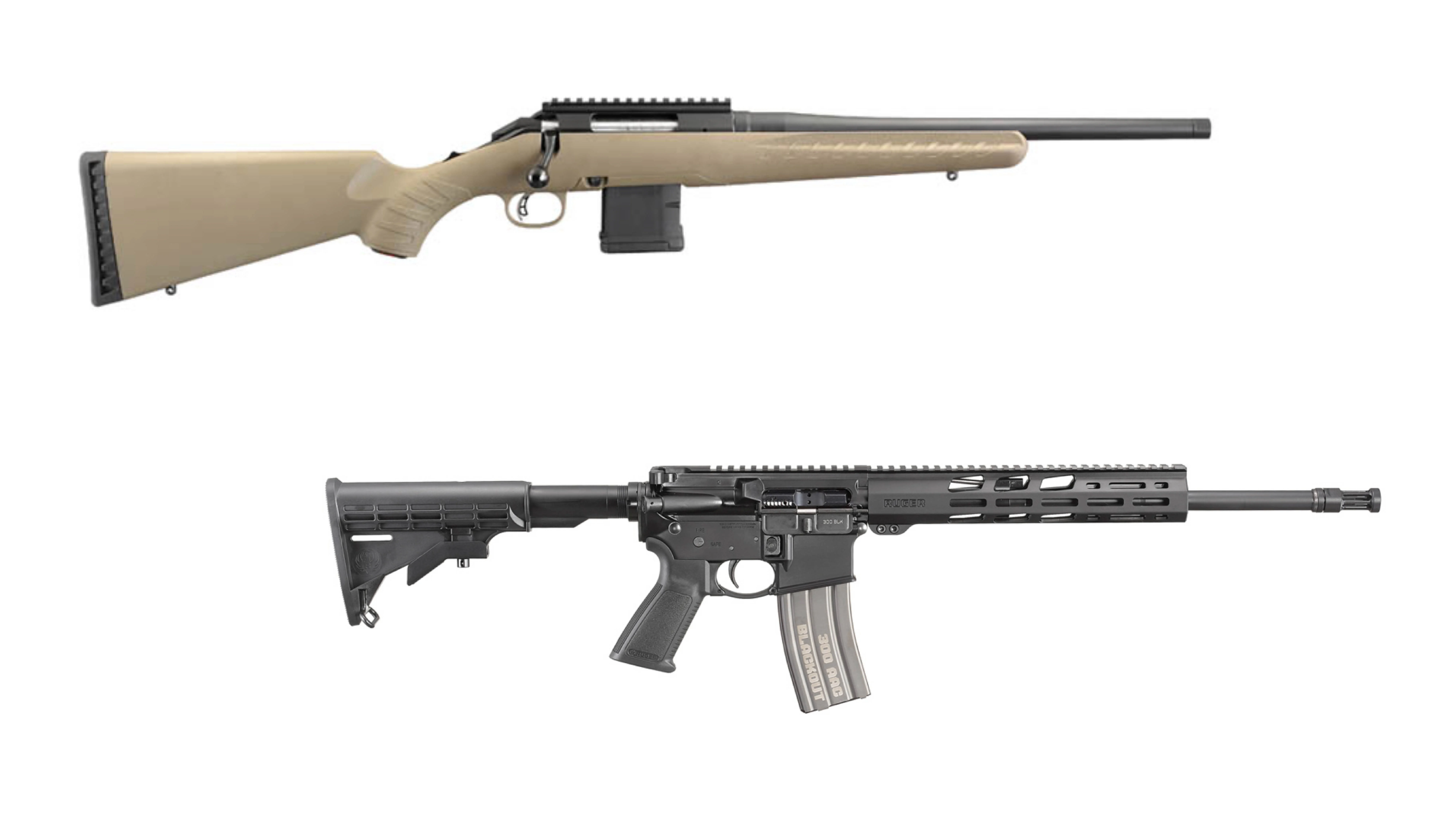
A lot of AR15 and quite a few bolt-action rifles are available chambered in 300 Blackout. Some of the bolt-actions even feed from detachable AR15-style magazines. When it comes to choosing a rifle, there are a lot of options with the Blackout. That’s not the case with the 300 HAMR. Currently Wilson Combat is the only firearms manufacturer offering 300 HAMR rifles. They offer it in a wide selection of AR15 rifles and in their excellent NULA Model 20S mini bolt-action. However, with both the 300 Blackout and the 300 HAMR, you can convert your AR15 to shoot with just a new barrel or a complete upper receiver.
WARNING: If you use multiple uppers on an AR15, with one in 300 Blackout and one in 223 Remington, know that it is possible to chamber and fire some 300 Blackout ammo in a 223 Remington. The results will not be healthy for your rifle and possibly not for you either.
Compatibility Advantage: 300 Blackout
And The Winner Is…
The comparison of the 300 AAC Blackout to the 300 HAMR is an important one because both cartridges are AR15 compatible, and both cartridges will work in mini bolt-action rifles. They are also both based on the 223 Remington case, so they are very similar in size. Those interested in a mini 0.30-caliber cartridge for an AR15 should wisely consider both. However, the choice between the two is really very simple.
If you want the best of the two cartridges for hunting, the 300 HAMR is the clear choice. It’s substantially more powerful, and you could look at it as a modern day 30-30 Winchester. If being able to shoot subsonic is a primary consideration, go with the Blackout, just don’t expect it to work as well on big game as the 300 HAMR or a 30-30 Winchester, because, ballistically, it's not in the same class.
Related: 7mm PRC vs 7mm Backcountry: Battle of the Hottest Long-Range Sevens

